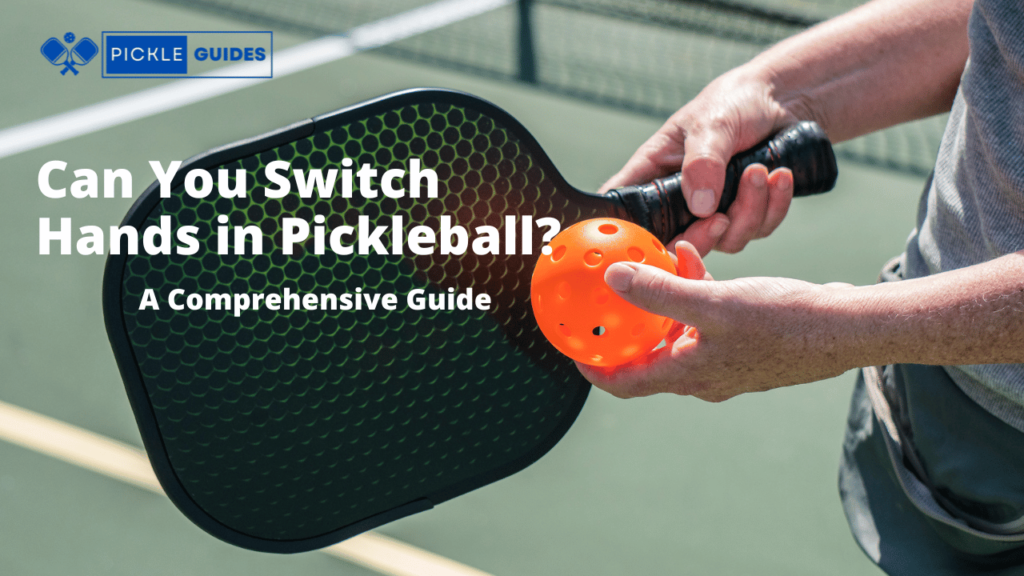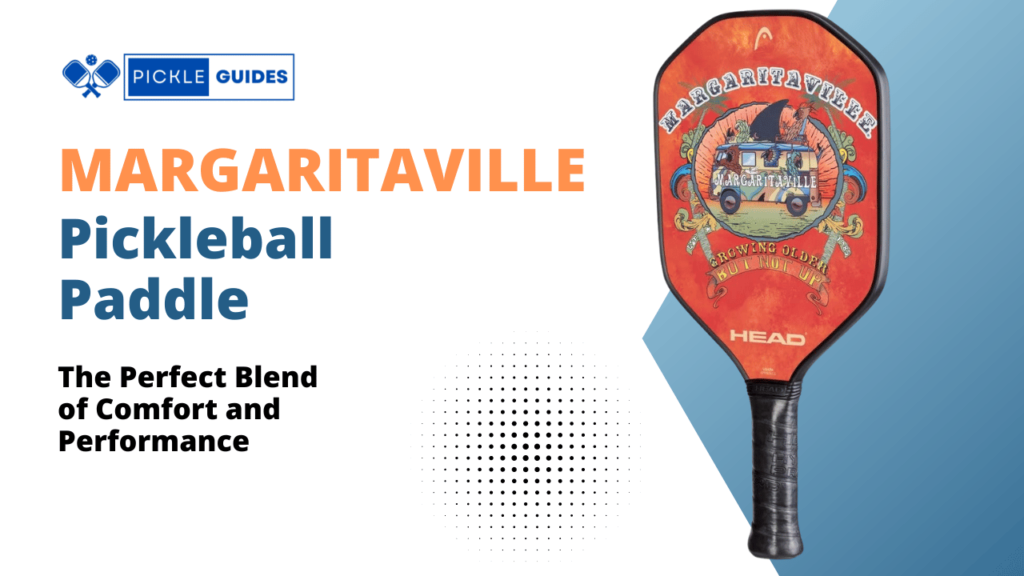In the world of sports, pickleball has gained significant popularity over the years. A combination of tennis, badminton, and table tennis, this fast-paced game has captured the hearts of players of all ages. One intriguing aspect of pickleball is whether players can switch hands during play. In this article, we will explore the rules, techniques, and benefits of switching hands in pickleball, as well as address some common misconceptions.
The Basics of Pickleball
Pickleball often played on a rectangular court, is a paddle sport that requires skill, strategy, and coordination. The game involves hitting a plastic ball with holes (similar to a wiffle ball) over a net, aiming to keep the rally going until one side scores a point. The sport can be played as singles or doubles and offers a fantastic blend of exercise and social interaction.
Understanding the Rules of Pickleball

Before delving into the possibility of switching hands in pickleball, it’s essential to grasp the basic rules of the game. Here are some key elements to keep in mind:
Service Rules
- The ball must be served diagonally to the opponent’s service court.
- The server must keep both feet behind the baseline while serving.
- The serve should clear the net and land in the diagonal service court.
Non-Volley Zone (Kitchen) Rules
- Players cannot enter the non-volley zone to hit the ball on the fly, except when executing a follow-through after a groundstroke.
- Stepping on the non-volley zone line is considered a fault.
Scoring
- Pickleball is typically played to 11 points, but some variations may use different point systems.
- Only the serving side can score points.
The Skill of Switching Hands in Pickleball
Can You Legally Switch Hands?
In pickleball, there is no specific rule prohibiting players from switching hands during a rally. Players can use both their dominant and non-dominant hands freely, which adds an element of versatility to the game.
Benefits of Switching Hands
- Strategic Advantage: Switching hands can surprise opponents and create opportunities for unexpected shots.
- Improved Reach: Utilizing both hands allows players to access balls that might be out of reach with just their dominant hand.
- Better Defense: When switching hands, players can maintain a strong defensive stance, keeping the ball in play.
Developing Ambidexterity
While it’s not necessary to become fully ambidextrous to play pickleball effectively, practicing with both hands can significantly improve overall performance. Here are some useful tips:
Mastering the Non-Dominant Hand
- Start with simple drills to develop control and accuracy with your non-dominant hand.
- Gradually integrate your non-dominant hand into your regular practice sessions.
Building Muscle Memory
- Repetition is key to developing muscle memory. Practice regularly with both hands to strengthen your skills.
Switching Hands: When to Use It
- Learn to assess the situation during a rally and decide when to switch hands strategically.
- Use your dominant hand for most shots and switch to your non-dominant hand when necessary.
Tips for Switching Hands Effectively
| Tip | Description |
| Practice Both Hands Regularly | Develop ambidexterity by practicing with both your dominant and non-dominant hands consistently. |
| Start with Simple Drills | Begin with drills that focus on control and accuracy with your non-dominant hand. |
| Gradually Incorporate Switching into Play | Slowly introduce switching hands during rallies and real gameplay situations. |
| Assess the Situation | Evaluate the game situation to determine when switching hands would be most advantageous. |
| Use Your Dominant Hand as Primary | Rely on your dominant hand for most shots, switching to your non-dominant hand when needed. |
Common Myths About Switching Hands in Pickleball
| Myth | Fact |
| Switching Hands Is Against the Rules | There is no rule in pickleball that prohibits players from switching hands during play. |
| Only Professionals Can Switch Hands | Any player can learn to switch hands; it is not limited to professionals. |
| Switching Hands Is Complicated | While it requires practice, switching hands can be mastered with consistent training. |
Addressing Misconceptions

Myth: Switching Hands Is Against the Rules
- As previously mentioned, there is no rule in pickleball that restricts players from switching hands during play.
Myth: Only Professionals Can Switch Hands
- Switching hands is not limited to professional players; recreational players can benefit from it too.
Myth: Switching Hands Is Complicated
- While it requires practice and effort, switching hands can be mastered with consistent training.
Pros and Cons of Switching Hands in Pickleball
| Pros | Cons |
| Strategic Advantage | Difficulty in Developing Ambidexterity |
| Improved Reach | Lack of Control with Non-Dominant Hand |
| Unpredictable Shots | Reduced Power with Non-Dominant Hand |
| Better Defensive Play | Takes Time and Practice to Master Switching Hands |
| Adds Versatility to Your Game | Not Necessary for All Players |
FAQs – Can You Switch Hands in Pickleball?
Q1: Can you use two hands on the paddle in pickleball?
No, using two hands on the paddle is not allowed in pickleball. According to the rules, players must hold the paddle with one hand while hitting the ball during gameplay.
Q2: What can you not do in pickleball?
In pickleball, there are several things that players cannot do to maintain fair play and ensure a safe and enjoyable game. Some things you cannot do in pickleball include:
- Stepping into the non-volley zone (kitchen) and volleying the ball (hitting it in the air) unless executing a follow-through after a groundstroke.
- Hitting the ball out of bounds or into the net on a serve or during regular play.
- Making contact with the net or its posts while the ball is in play.
- Interfering with the opponent’s shot or movement.
- Deliberately distracting or hindering opponents.
Q3: Can you switch sides in pickleball?
Yes, players can switch sides with their partners during a pickleball game. In doubles play, switching sides can be done after each point is scored. It allows players to have an equal opportunity to play on both sides of the court.
Q4: What is a fault in pickleball?
In pickleball, a fault is a violation of the rules that results in a point being awarded to the opposing team. Some common faults include:
- Failing to serve the ball diagonally into the opponent’s service court.
- Serving the ball into the net or out of bounds.
- Not allowing the ball to bounce before returning it in the non-volley zone (kitchen).
- Stepping into the non-volley zone and volleying the ball in the air.
- Hitting the ball before it bounces in the opponent’s service court during the return.
Conclusion
In conclusion, switching hands in pickleball is both legal and beneficial. It provides players with a strategic advantage, improved reach, and a stronger defensive game. By developing ambidexterity and incorporating both hands into your play, you can elevate your pickleball skills and take your game to the next level.



